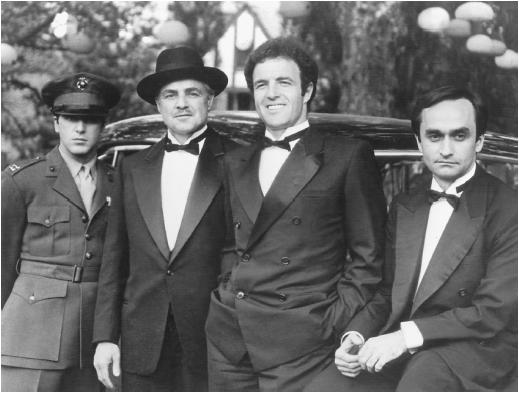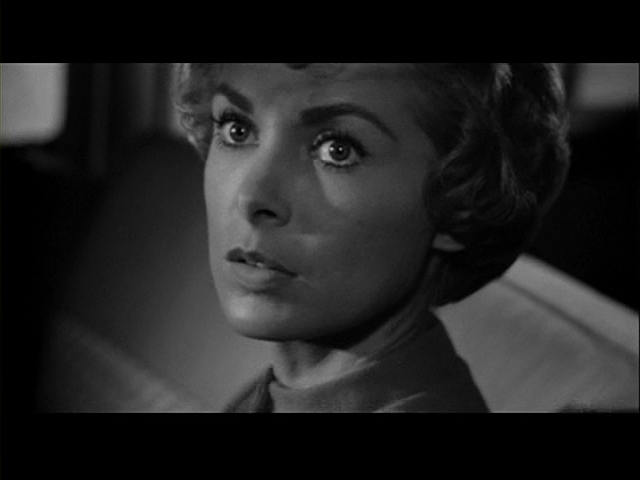According to the book,
The Film Experience, an Introduction, written by Timothy Corrigan and Patricia White, the meaning of mise-en-scéne “refers to those elements of a movie scene that are put in position before the filming actually begins and are employed in certain ways once the filming does begin” (42). In viewing the movie,
The Godfather, there are many aspects that the producer and those involved in creating this film had to take into consideration when developing an influential mise-en-scéne. Lighting plays a large role in
The Godfather, specifically when used in scenes in which Don Vito’s eyes are darkened because the lighting is only illuminating his face, not his eyes exactly. This specific lighting creates a unique image of Don Vito which relates to his personality and his profession. Various props are also used in the movie. The gun in the scene in which Michel assassinates the two men in the Italian restaurant signifies Michel’s start in a new profession: the family business. However, I believe one of the most significant parts of this film in terms of mise-en-scéne were the costumes used in this film because they represent a realistic picture of the mob and they also signify different important changes in the lives of the main characters.
When you think of the mob, you think of classy, dangerous men who wear black suits, drive black cars and carry large guns. In
The Godfather, the characters are exactly this: they wear black expensive suits, drive black expensive cars and carry guns. When you are first introduced to the Godfather, Don Vito and his men, you see men in very expensive black suits and ties. Granted it is Don’s daughter’s wedding, throughout most of the film, the viewer sees these men mainly dressed in suits. Even the men who are not part of the Corleone family wear expensive suits. They are always dressed professionally and look the part of a classic “mob” character.
Not only did these costumes accurately portray the ‘mob’ personality of the time and what the viewers were expecting a classic character in the ‘mob’ business to look like, but the costumes the main characters wore also represented changes in the lives of those main characters. Specifically, after Don Vito is shot, he is no longer shown in a dressy, pressed expensive suit. Rather, Don is now shown in sweaters and more casual pants. He is shown with his hair disheveled. These costumes make Don look a bit older and more relaxed. As the costumes digress from class and the ‘expensive’ look, Don Vito also begins to stray away from the position he held as
The Godfather.
On the other hand, Michel Corleone begins to take the place of his father and his costumes represent this change. In the beginning of the film, Michel is shown in his military outfit. He is not seen in an expensive suit which most of the members of the family are consistently shown in. Once Michel begins to engage in the family business however, his style seems to change. By the end of the film when Michel is becoming
The Godfather, his costumes have changed completely. He is now shown in expensive black suits, hats and ties. He now looks the part of his father, a wealthy mobster, and he is also taking the part of his father:
The Godfather and head of the family business.In all, costumes play a large role in sending a message throughout the movie,
The Godfather. Costumes are only one important part of mise-en-scéne in regards to
The Godfather. Lighting is also important as well as props and other aspects. However, mise-en-scéne is important when creating a film like
The Godfather and is crucial to the overall message that the film is designed to send.
 Image from: http://www.takegreatpictures.com/content/images/citizen_kane_4.jpg
Image from: http://www.takegreatpictures.com/content/images/citizen_kane_4.jpg










